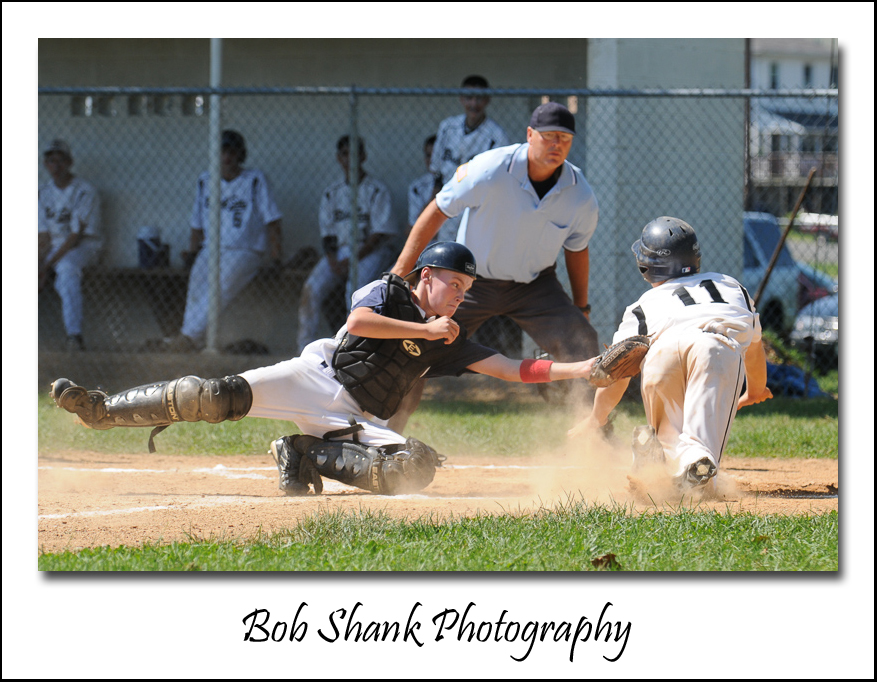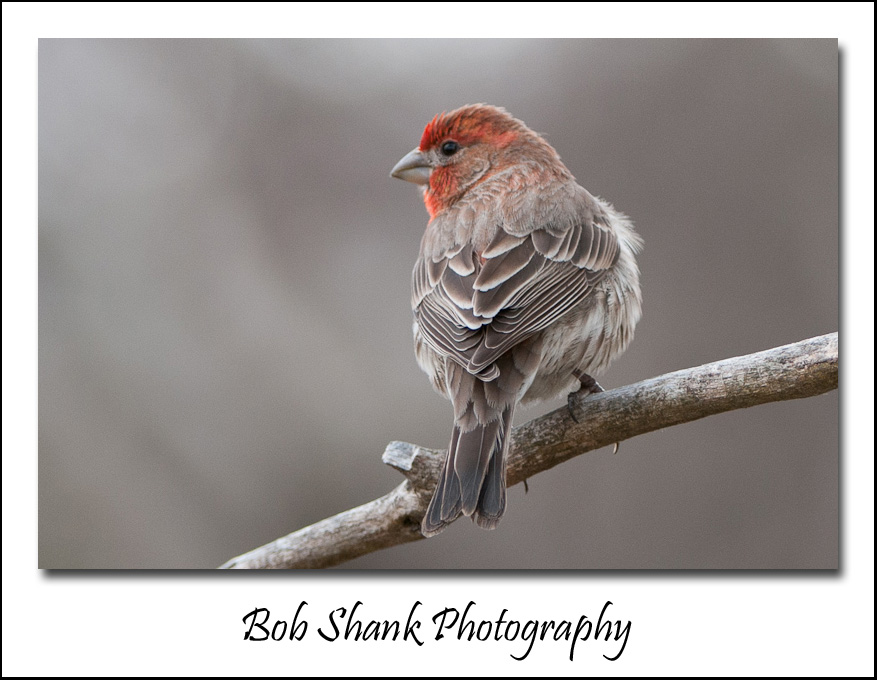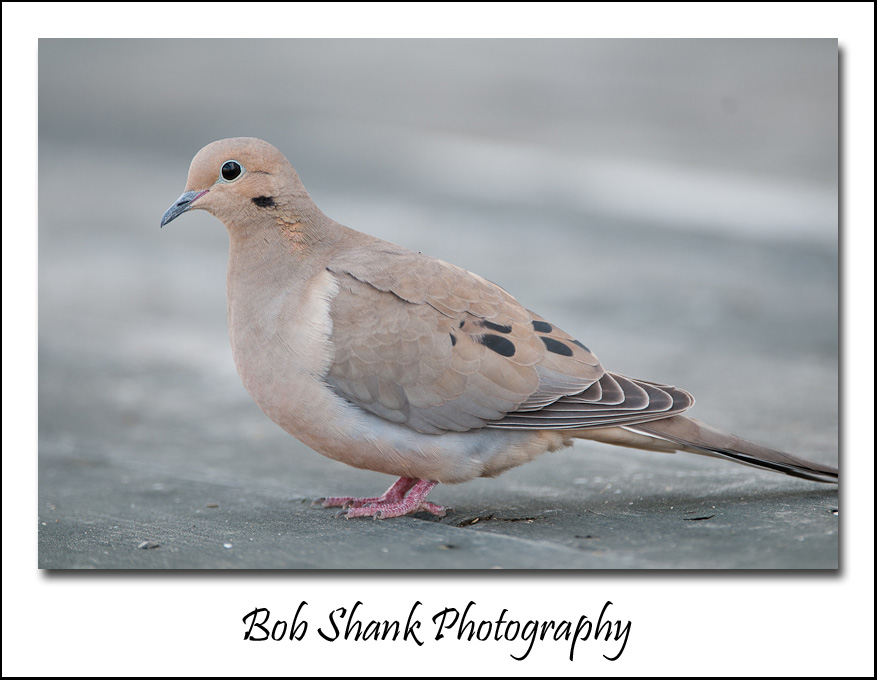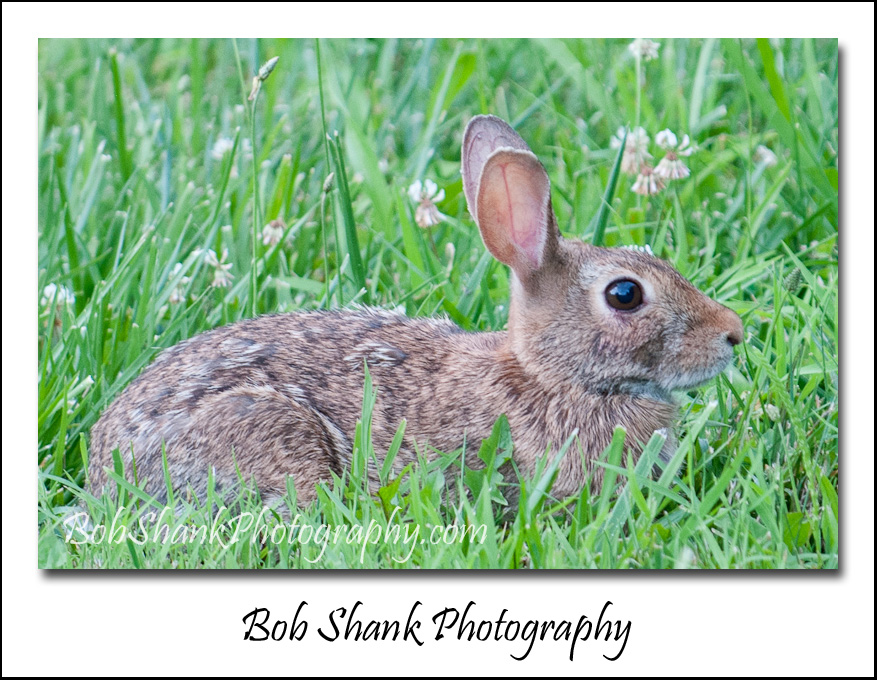I was long overdue for an update on my Baseball Portfolio, so today I spent some time sifting through new photographs, comparing them to old ones, and refining my Baseball Portfolio. The images in this blog entry are just a few of the photographs that made the cut.
I need to be very picky to keep getting better with the wonderful subject of sports photography. Some of my primary goals are clean, clear backgrounds; tack-sharp focus; catching the action (hopefully peak action); and telling the story of a great play with an image. These goals are important to me because they keep pushing me forward. I want to get better so I have to be demanding of myself.
Paying attention to the quantity, quality, and direction of light sometimes keep me on my toes as the sun moves during a game. Keeping a chain-link fence out the background is very difficult at some fields, too. Then there are other times when a base umpire or another player steps right between an exciting play and my camera! Tenacity and a never-give-up-attitude are all very helpful. Another important tip is to never get lazy or give up on a play. Stay behind the viewfinder until you are positive the action of that play is complete. Besides, some of the player’s emotions after a play can make for some real interesting subjects, too. But stick with it because you don’t want to miss any action!
The game of baseball provides hours of enjoyment for the players, coaches, and fans. But I strongly believe the great game of baseball also provides endless hours of enjoyment and even excitement for us sports photographers, too! Time sometimes seems to stand still during a baseball game, but if the photographer gets lured into this false sense of boredom, he or she is sure to miss some of the action! Keep alert and keep shooting!
You can see my new Baseball Portfolio with all the photos that made the cut here.









